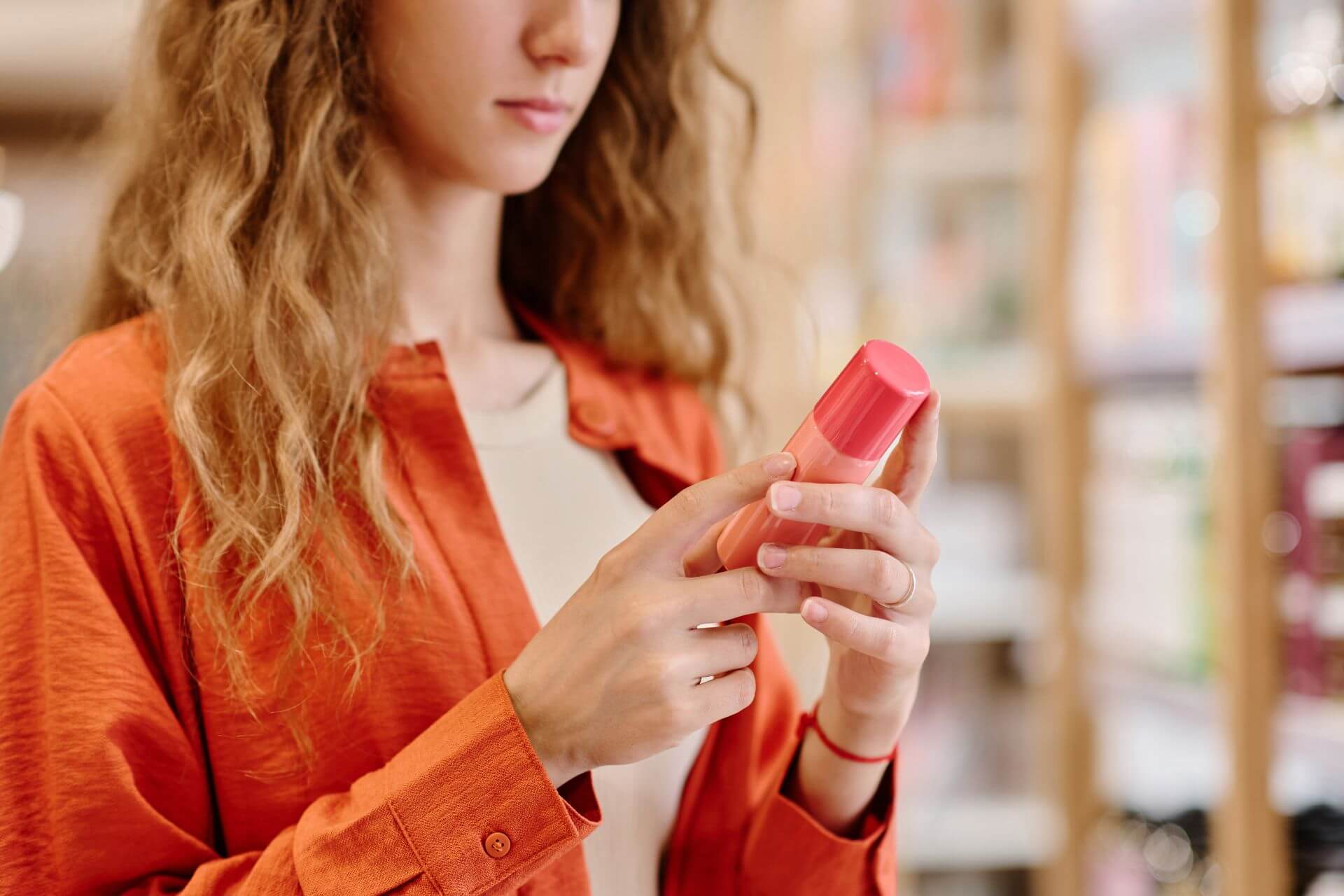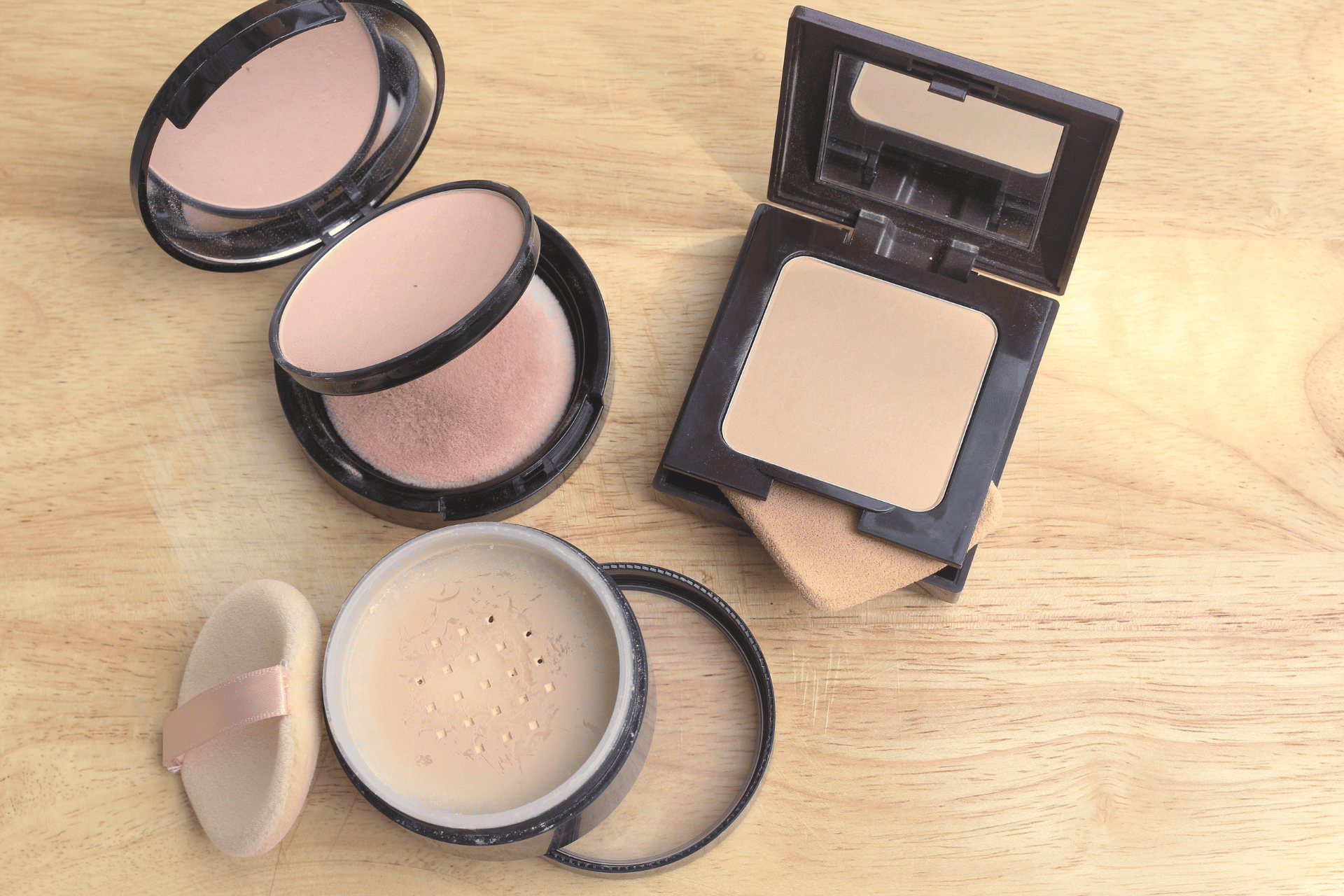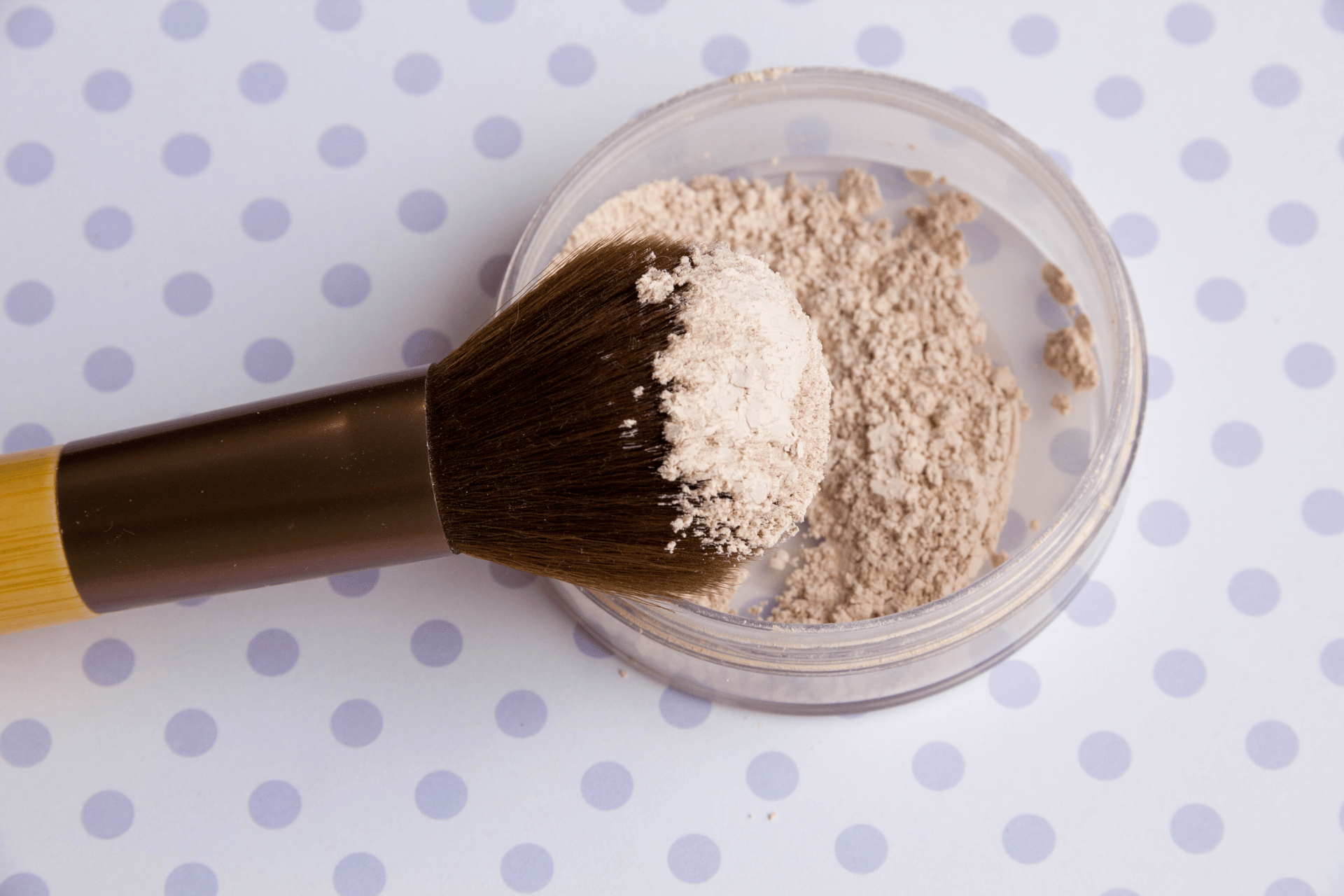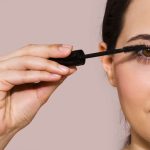Navigating the world of makeup can be both thrilling and overwhelming. With so many products on the market, it’s crucial to know exactly what you’re putting on your skin. Label reading is an essential skill that can help you make informed choices about the products you use. Here are six label reading hacks every makeup lover should know to ensure you’re getting the best for your skin.
1. Decode the Ingredients List
The ingredients list on a makeup product can seem like a complex scientific puzzle, but understanding it is crucial. Ingredients are listed in order of concentration, from highest to lowest. Pay attention to the first five ingredients as they make up the bulk of the product. Look for beneficial ingredients like hyaluronic acid, vitamin C, and natural oils. Conversely, be cautious of harmful additives such as parabens, sulfates, and synthetic fragrances.
2. Look for Certification Seals
Certification seals are your best friend when it comes to identifying clean and safe products. Look for labels such as “Cruelty-Free,” “Vegan,” “Organic,” and “Non-GMO.” These certifications ensure that the product meets specific standards and hasn’t been tested on animals. Trustworthy seals include Leaping Bunny, USDA Organic, and Ecocert.
3. Beware of Marketing Buzzwords
Marketing buzzwords like “natural,” “hypoallergenic,” and “dermatologist-tested” can be misleading. These terms are often unregulated and can be used freely by manufacturers. Instead of relying on these vague claims, check the actual ingredients and certifications to verify the product’s quality and safety.
4. Understand Expiration Dates and PAO Symbols
Makeup products have a shelf life, and using expired products can harm your skin. Look for expiration dates or the Period After Opening (PAO) symbol, which indicates how long the product is safe to use after opening. The PAO symbol looks like an open jar with a number followed by the letter ‘M’ (e.g., 12M for 12 months). Regularly check and replace old products to maintain healthy skin.
6. Know the Ingredients to Avoid
Certain ingredients are best avoided due to their potential health risks. For example, parabens (preservatives) can disrupt hormones, phthalates (often found in fragrances) can cause reproductive issues, and sodium lauryl sulfate (a foaming agent) can be harsh on the skin. Familiarize yourself with these ingredients and steer clear of products that contain them.
Conclusion
Being a makeup lover means more than just enjoying beautiful products—it’s also about making informed decisions for your skin’s health. By mastering these six label reading hacks, you can confidently choose makeup products that are safe, effective, and aligned with your values. Happy makeup hunting!







